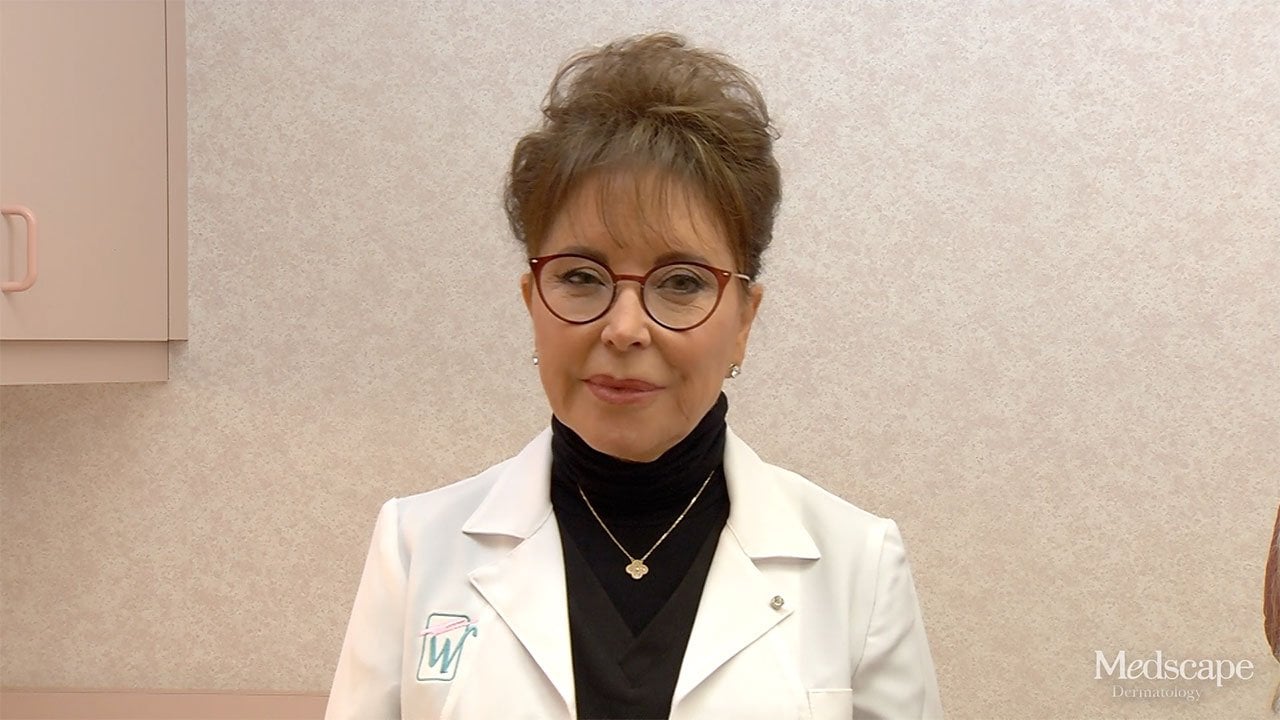Abstract and Introduction
Abstract
Background: The rise in Botox, fillers, and chemical peel procedures demands transparent online information that discloses all relevant risks and complications. This study assesses the quality of complication disclosure on the most popular cosmetic sites.
Methods: The top 50 Google search results for "Botox," "fillers," and "chemical peel" were analyzed for their reporting on relevant complications. Websites were categorized based on their origin. An overall complication, prevention, management, prevalence, and disclaimer score were assigned to each site.
Results: A total of 136 websites were analyzed. Of these websites, 31 (22.7%) did not mention any complications or risks associated with the treatment. The most commonly reported complications were bruising (67.0%) for Botox, swelling (79.0%) for fillers, and redness (58%) for chemical peels. The least-reported serious complications were toxin spread effects (31.0%) for Botox, vision loss (23.0%) for fillers, and allergic reaction for chemical peel (18.0%). Reports of serious and rare side effects were significantly lower than those of common side effects (Botox, P = .001; fillers, P = .004; chemical peels, P < .001). The overall mean (standard deviation) complication score across all websites was 2.81/5 (1.31). Online health reference and academic/hospital sites disclosed complications better than sources in most other categories (P < .001).
Conclusions: The reporting of online complications for the top 3 cosmetic procedures performed in the US is highly variable, biased, and at times, completely absent. Patients pursuing cosmetic surgery are heavily influenced by the internet and vulnerable to misinformation. Cosmetic procedure websites are in need of drastic improvement to ensure the health and safety of all patients.
Introduction
Botulinum toxin type A (Botox), soft tissue fillers, and chemical peels were the most popular and fastest growing cosmetic minimally invasive procedures in 2018.[1] Although office-based procedures, such as Botox rejuvenation, soft tissue fillers, and chemical peels, are regarded to be reliable and effective, complications can arise that must be addressed.[2] With Botox and soft tissue filler injections, the most common complications are bruising, erythema, and pain.[2–4] However, more severe associated complications can occur, such as muscle paralysis, lagophthalmos, orbicularis oris muscle incompetence, anaphylactic reactions, and dysphagia from Botox toxin spread and granuloma formation, blindness, and vascular occlusion from soft tissue fillers.[2,5–7] Chemical peels can lead to erythema, irritation, and burning, as well as more serious scarring.[2] These complications can emerge even with the most precise technique and must be mentioned to patients in the informed consent process as well as on providers' websites.[2,8]
Effective risk information disclosure is necessary during the promotion of prescription drugs and medical devices, and omitting or minimizing the information is described as a violation of advertising and promotion regulations.[9,10] The US Food and Drug Administration (FDA) articulates that appropriate disclosure informs consumers of potential side effects they may experience and safety precautions that they may have to take.[10] Similarly, in the case Canterbury v. Spence, the court declared that physicians are required to disclose all risks to patients to help them make an informed decision.[11] Websites offering cosmetic procedures and private practice physicians may benefit from upholding standards of full disclosure online similar to those of pharmaceutical companies because such regulations were put into place to ensure the safety of consumers and patients. While the informed consent process is traditionally performed in the presence of a physician, the expanding role of technology, the internet, and virtual information sharing underscores the importance of sharing information about a procedure earlier in the patient's decision-making process. This may be the moment a patient begins learning about a treatment, which may be from online sources.
A 2015 literature review on the accessibility of online information for cosmetic procedures found that 95% of patients collected information from the internet before their physician consultation.[12] Patients most often sought after details regarding surgical procedures and preoperative and postoperative photos.[12] Patients are using the internet more extensively to help inform decisions regarding high-risk procedures, and it is the second most common source of medical information after physicians themselves.[13,14] This provides cosmetic physicians with the unique opportunity to educate patients not only through in-office visits but also online with written and visual materials. Furthermore, if internet sources provided more information about risks and complications, it may help enhance the informed consent process. Such information may increase transparency surrounding the risks of procedures and allow patients to have more realistic expectations before the consultation and ask more informed questions.
The objective of this study is to evaluate what complications are described for Botox, soft tissue fillers, and chemical peel procedures in online sources and to compare the level of reporting from various sources to understand how to fill some of the existing gaps.[10]
ePlasty. 2023;23(e17) © 2023 HMP Communications, LLC

















